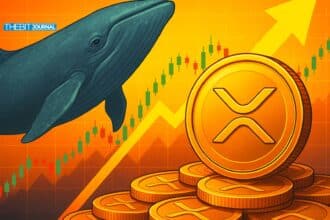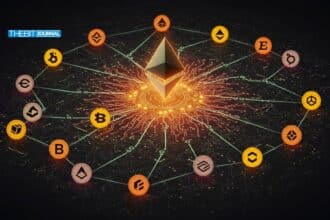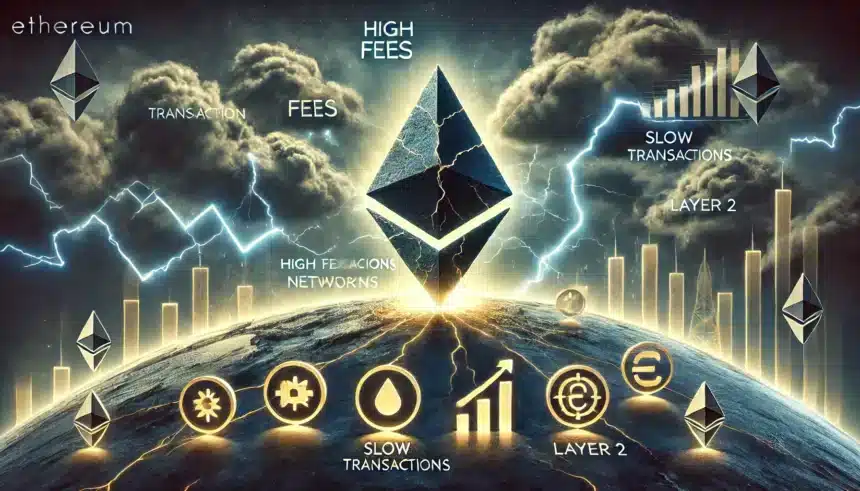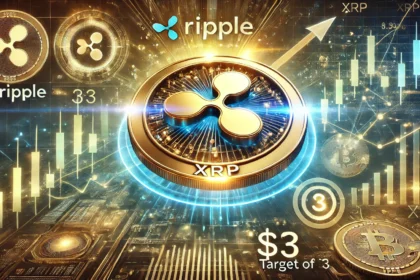With the limitations in Ethereum’s current infrastructure, both users and capital are increasingly shifting towards alternative blockchains. High transaction fees and slower speeds are driving users and developers alike to search for faster and more efficient networks. Notably, Layer 2 solutions and alternatives like Solana are gaining traction as more viable options.
Ethereum’s Constraints and the Shift to Layer 2 Solutions
Anmol Singh, co-founder of Zeta Markets, attributes the rise of Layer 2 solutions on Ethereum to the network’s struggles to manage transaction and data intensity efficiently. According to Singh, users are gravitating toward more cost-effective, faster solutions, making the migration toward alternative networks an inevitable solution to meet their needs.
A Surprising Contender: This Altcoin Surpasses Ethereum and Solana
As congestion eases on Ethereum, demand for alternative networks is rising, leading to the faster adoption of Layer 2 solutions. Users enjoy reduced transaction costs, while capital diversifies across different blockchains. This trend highlights the growing need for adaptable networks that offer reliable performance and cost savings.
Challenges Within Layer 2 Networks
Qi Zhou, founder of QuarkChain and EthStorage, notes that although Layer 2 networks offer scalability, they also face issues like liquidity fragmentation. Solutions like Arbitrum, Optimism, and zkSync improve transaction efficiency but create isolated liquidity pools, making it difficult and costly for users to move assets between networks. This, in turn, dilutes liquidity and introduces challenges such as slippage.
Zhou suggests that this fragmented liquidity complicates achieving high liquidity within a single ecosystem. To address these issues, projects are working on cross-Layer 2 protocols and shared liquidity centers to reduce transaction costs and prevent slippage.
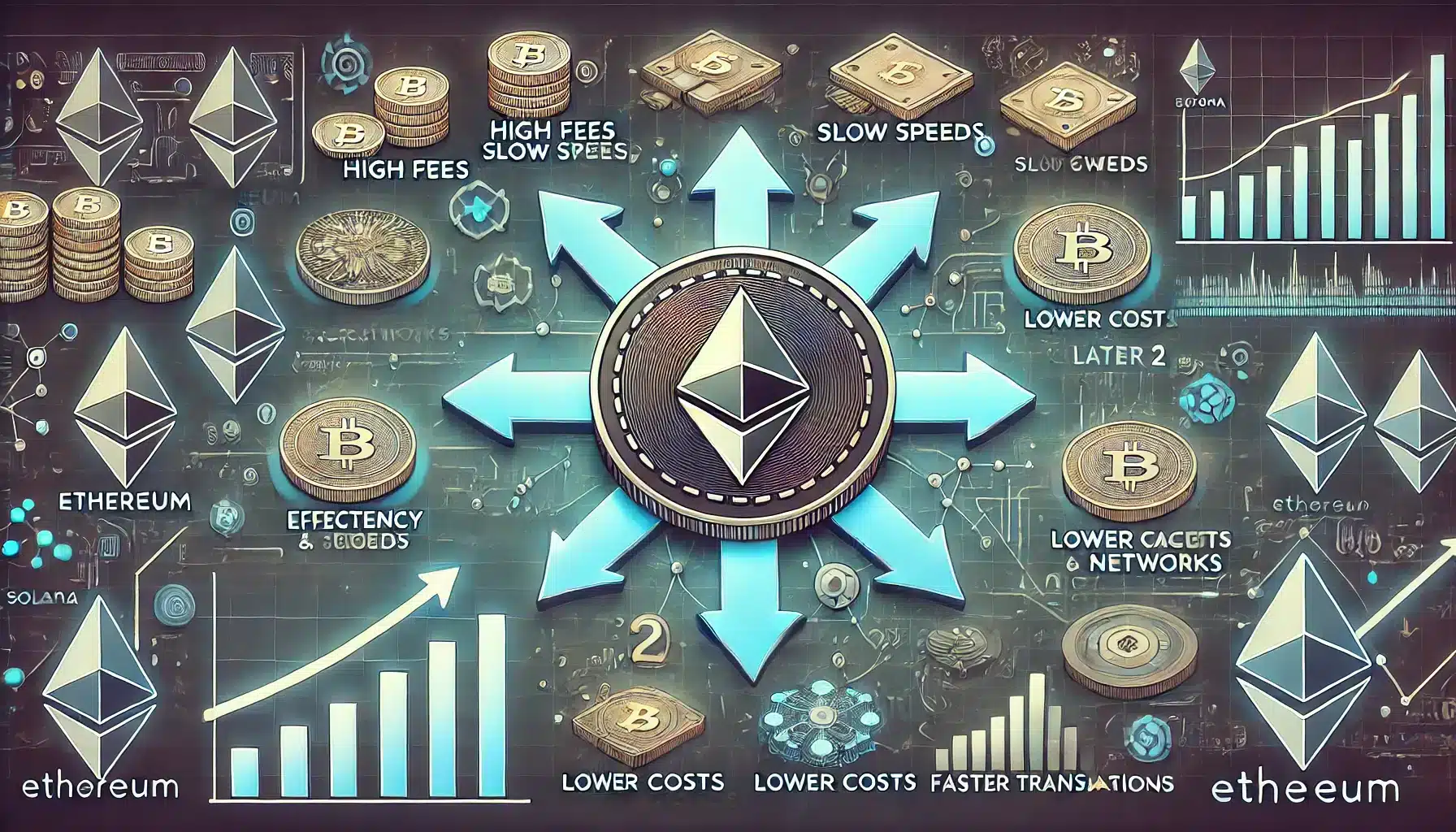
Solana’s Advantage in Efficiency and Liquidity
While Ethereum’s challenges persist, Solana is drawing attention with its monolithic architecture, which supports large-scale DeFi transactions. Singh notes that Solana’s low latency and high efficiency allow it to process transactions swiftly and maintain liquidity within a single layer. These features make Solana an attractive option for large-scale financial transactions.
According to a recent report from a16z’s “State of Crypto,” Solana’s monthly active user base has reached nearly 100 million, surpassing Ethereum’s 57 million users. This increase in user engagement is bolstered by Solana’s robust infrastructure and an expanding range of user-friendly applications.
TVL Data and the Impact of Meme Coins on Solana
Singh highlights recent shifts in Total Value Locked (TVL) data. Since June, Ethereum’s TVL has decreased by $20 billion, while Solana’s has risen from $4.8 billion to $6.3 billion. This trend reflects a growing interest in Solana among investors.
Popular meme coins like Dogwifhat, Bonk, Popcat, and Mew are also gaining traction on Solana, adding to the momentum. Singh emphasizes that these meme coins are increasing individual investor demand, contributing to significant shifts in the market.
As reported by The Bit Journal, interest in meme coins continues to rise, bringing more diversity to Solana’s ecosystem and reinforcing its appeal as an Ethereum alternative.
- https://twitter.com/Thebitjournal_
- https://www.linkedin.com/company/the-bit-journal/
- https://t.me/thebitjournal
Follow us on Twitter and LinkedIn and join our Telegram channel to be instantly informed about breaking news!

